The vastness and mysteries of the universe have captivated humanity throughout history. From ancient stargazers to modern-day space explorers, we’ve made remarkable strides in unraveling the secrets of the cosmos. In recent years, machine learning has emerged as a powerful ally in the fields of astronomy and space exploration. By harnessing the potential of artificial intelligence, scientists and researchers are pushing the boundaries of our understanding, making ground-breaking discoveries, and embarking on an awe-inspiring journey. In this blog, we will explore the role of machine learning in expanding our knowledge of the universe, all while nurturing our insatiable curiosity for the great beyond.
Discovering Celestial Objects with the Help of AI
One of the most thrilling applications of machine learning in astronomy is the identification and classification of celestial objects. As our astronomical data grows exponentially, sifting through vast amounts of information becomes daunting. Enter machine learning algorithms, the tireless helpers of the cosmos. By training these algorithms on labeled datasets, astronomers can efficiently identify and classify stars, galaxies, asteroids, and exoplanets. The beauty of it is that once trained, these algorithms can be unleashed on larger datasets, empowering astronomers to categorize celestial objects accurately and at a significantly faster pace than traditional methods.
Exoplanet Exploration: Hunting for Other Worlds
The discovery of exoplanets has ignited our imaginations and expanded our understanding of the universe. Machine learning is a key player in the identification and characterization of these distant worlds. By analyzing vast amounts of light curves, which depict changes in brightness over time, machine learning algorithms can detect subtle patterns that hint at the presence of exoplanets. This remarkable technique has enabled astronomers to discover numerous exoplanets, some of which may harbor conditions conducive to life as we know it.
Unveiling Hidden Insights: Data Analysis and Pattern Recognition
Machine learning algorithms possess a remarkable ability to analyze complex datasets and uncover patterns that may elude human observers. In the realm of astronomy, these algorithms act as cosmic detectives, identifying correlations, outliers, and anomalies hidden within data collected from telescopes and other instruments. By automating the analysis process, researchers can unveil hidden insights and make significant discoveries that might otherwise remain concealed. Machine learning is particularly adept at identifying rare events, such as supernovae or gravitational waves, by sifting through immense volumes of data and recognizing the tell-tale signatures of these extraordinary phenomena.
Enhancing Astronomical Images: AI as the Cosmological Artist
Images captured by telescopes hold a wealth of information crucial to our understanding of the cosmos. However, these images often suffer from noise, artifacts, and distortions that need to be corrected for accurate analysis. Machine learning algorithms step in as cosmic artists, enhancing and denoising astronomical images to provide astronomers with clearer and more detailed views of celestial objects. Furthermore, these algorithms, trained on extensive datasets, can generate simulated images that assist in the interpretation of real observations. In this symbiotic relationship between man and machine, scientists can test and refine their theories. This in turn will expand our knowledge of the cosmos.
Beyond Earth: AI and the Future of Space Exploration
Machine learning’s impact extends beyond the boundaries of our planet. Autonomous spacecraft, such as rovers and probes, rely on machine learning algorithms. This helps them to make crucial decisions and adapt to unforeseen circumstances in real-time. By analyzing sensor data and images, these algorithms empower spacecraft to navigate, detect hazards, and choose optimal paths for exploration. Moreover, machine learning aids in mission planning. This allows scientists to optimize trajectories, predict space weather conditions, and identify high-priority targets for exploration. As we embrace the future, the harmonious partnership between machine learning and space exploration promises to unlock new frontiers and bring us closer to answering age-old questions about our place in the cosmos.
Startups in the domain:
Here are a few Indian startups making significant strides in this domain:
Team Indus: Team Indus is an aerospace startup that aims to land a robotic spacecraft on the moon. Their ambitious mission includes developing a lunar rover and launching it into space. They have participated in the Google Lunar XPRIZE competition and have secured contracts with the Indian Space Research Organization (ISRO) for their moon mission.
Astrome Technologies: Astrome Technologies is focused on revolutionizing satellite broadband communication. They are developing low-cost, high-capacity satellite systems enabling high-speed internet access to remote areas. Their innovations have the potential to bridge the digital divide and facilitate connectivity for individuals and communities around the world.
Pixxel: Pixxel is a space technology startup that specializes in building Earth-imaging satellites. Their satellites capture high-resolution images of the Earth. This can be used for various applications such as agriculture, forestry, disaster management, and urban planning.
Agnikul Cosmos: Agnikul Cosmos is dedicated to building fully modular, small satellite launch vehicles. Their focus is on providing cost-effective and flexible launch services for small satellites. Agnikul aims to democratize access to space by simplifying the process of launching satellites. This makes them more accessible to organizations and startups.
Machine learning has ushered in a revolution in the realms of astronomy and space exploration. This has enriched our journey and accelerating our understanding of the universe. By harnessing the power of artificial intelligence, we can identify celestial objects, discover exoplanets, analyze complex datasets. This enhances astronomical images, and empower spacecraft with autonomy. In this marvelous dance between humans and machines, we find ourselves on an exhilarating quest to comprehend the cosmos and find our place within it. As technology continues to advance, machine learning will assume an increasingly pivotal role in expanding our knowledge of the universe and nurturing our insatiable curiosity. Together, we embark on a thrilling cosmic adventure, fueled by the harmonious symphony of human curiosity and the limitless potential of machine learning.
There is a vast expanse still to be explored by Humans, but AI is definitely helping us accelerate our learning of the universe.



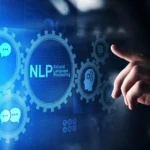
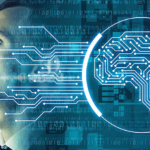



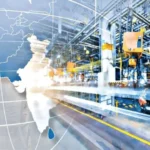




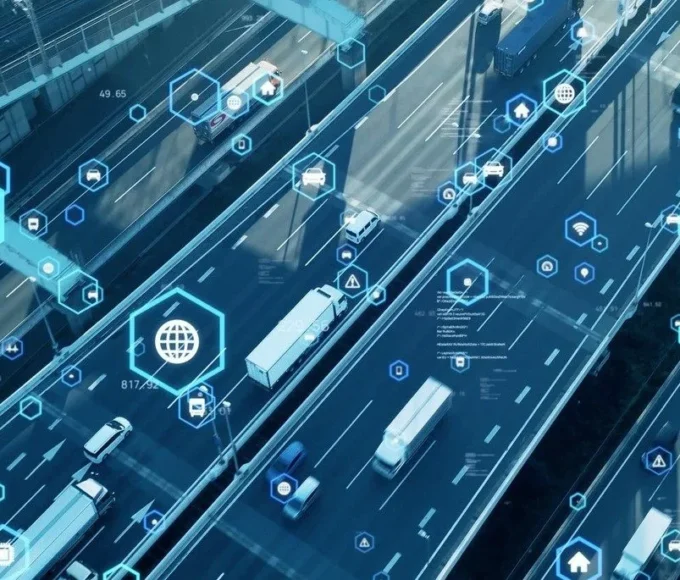

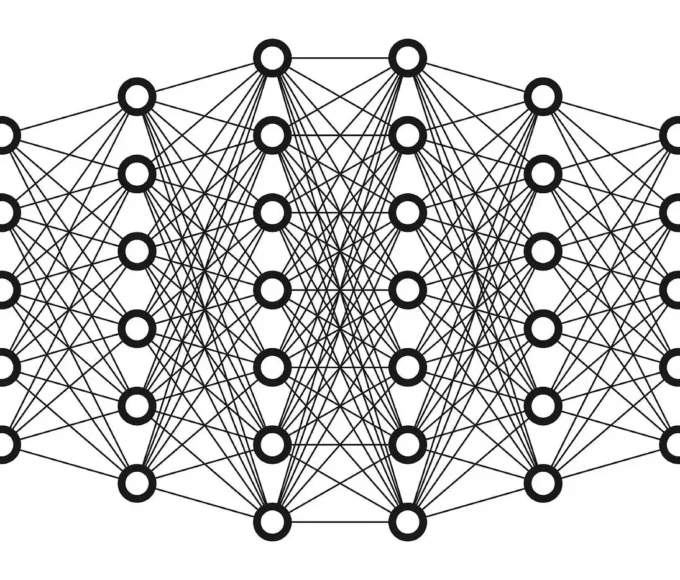
Leave a comment